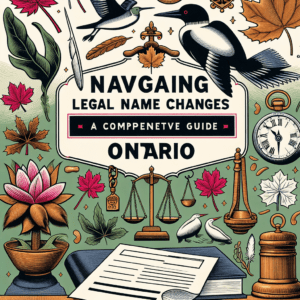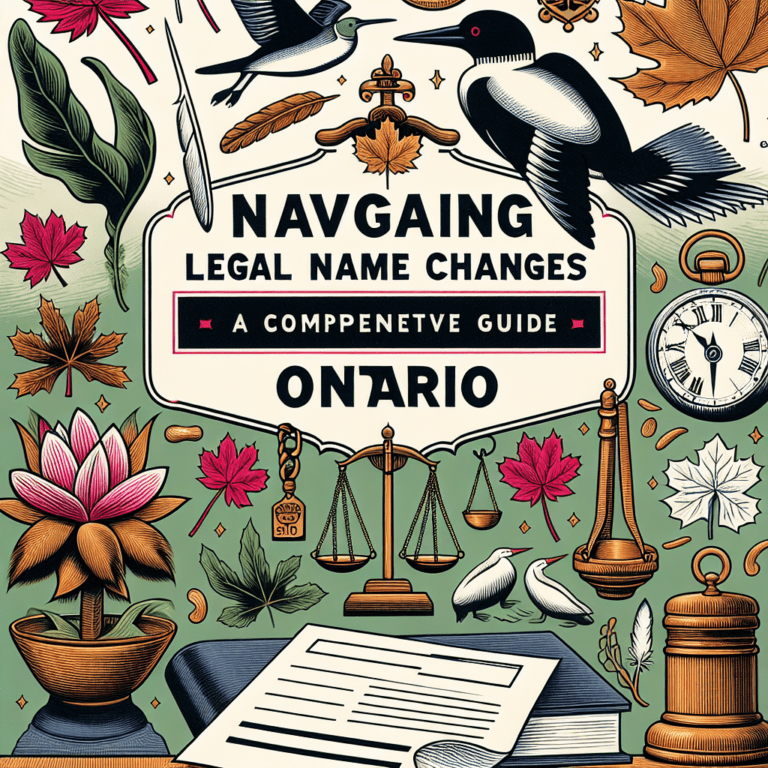In 2024, Canadian environmental law is undergoing a transformative phase, reflecting the nation’s commitment to combat climate change and promote sustainability. As the ramifications of environmental degradation become increasingly apparent, stakeholders—from policymakers to citizens—are urging for robust legal frameworks. This article delves into the latest Canadian environmental law news 2024, shedding light on key developments and significant policy changes that are reshaping the landscape of environmental governance in Canada.
Key Developments in Canadian Environmental Law for 2024
As we navigate through this year, one of the most compelling updates in Canadian environmental law is the heightened focus on Indigenous rights and consultation in environmental assessments. The federal government has refined its approach to engaging Indigenous communities, integrating their traditional knowledge and concerns into the regulatory framework. This evolution marks a significant step toward reconciliation and lays the groundwork for a more inclusive environmental governance model. By emphasizing Indigenous participation, Canada aims to uphold both legal and ethical responsibilities while ensuring that environmental protection aligns with Indigenous stewardship practices.
Another notable advancement is the introduction of the Canadian Net-Zero Emissions Accountability Act. This legislation mandates that Canada achieves net-zero greenhouse gas emissions by 2050, with interim targets set for 2030. As part of this act, the government is required to publish a detailed plan outlining the strategies and measures needed to reach these emissions targets. The legal framework establishes accountability mechanisms, including progress reports and expert assessments, to ensure transparency and the commitment to climate objectives. This act represents a paradigm shift in how Canada addresses climate change, moving from aspirational goals to enforceable commitments.
Additionally, the Canadian Environmental Protection Act (CEPA) has undergone significant amendments aimed at strengthening pollution prevention and risk assessment procedures. The revisions introduce stringent regulations concerning toxic substances, promoting proactive measures to safeguard public health and ecosystems. Enhanced monitoring and reporting requirements for industries are also part of these updates. By bolstering CEPA, Canada is paving the way for a more rigorous environmental protection regime that prioritizes health and safety while addressing the urgent need for sustainable development.
Significant Policy Changes Impacting Canada’s Environment This Year
In 2024, Canada has made significant strides in promoting sustainable energy transitions through policy changes. One of the game-changing developments is the federal government’s commitment to phasing out coal-fired power plants by 2030. This initiative is part of the broader strategy to reduce greenhouse gas emissions and transition towards cleaner energy sources. Accompanying this move are financial incentives and support for communities dependent on coal, ensuring a just transition that minimizes socio-economic impacts while fostering renewable energy investments.
Another critical policy shift is the increased funding allocated to natural climate solutions. The government has expanded its financial support for projects that enhance carbon sequestration through conservation and restoration of ecosystems, such as wetlands and forests. This funding not only targets climate change mitigation but also supports biodiversity conservation, demonstrating a holistic approach to environmental challenges. By investing in nature-based solutions, Canada is recognizing the multifaceted benefits of protecting natural ecosystems while addressing climate resilience.
Moreover, the introduction of stricter regulations on single-use plastics is a pivotal environmental policy change for 2024. The Canadian government has set a comprehensive timeline for banning various plastic products, such as straws and stir sticks, in an effort to combat plastic pollution. This initiative aims to reduce waste in landfills and waterways, promoting a circular economy focused on recycling and reusability. As Canada takes bold steps to tackle plastic waste, it reinforces its commitment to environmental sustainability and sets a precedent for other nations to follow.
The updates in Canadian environmental law and policy for 2024 reflect a decisive shift towards sustainability, Indigenous rights, and comprehensive climate action. As stakeholders adapt to these changes, there is an unparalleled opportunity for innovation and collaboration in addressing environmental challenges. Citizens, businesses, and governments alike must engage actively in these developments, as their collective efforts will be essential in shaping a resilient and sustainable future. Stay informed and involved—Canada’s environmental future depends on it.
Navigating Legal Aid Options for Refugees in Canada 2024Exploring Human Rights Legal Support in Canada: 2024 InsightsNavigating Legal Support for Wrongful Termination in Canada 2024Relevant LinkRelevant LinkRelevant LinkUnderstanding LegalZoom Billing: Fees, Structure, and InsightsUnderstanding LegalZoom’s Basic Will: Key Features ExplainedUnderstanding LegalZoom’s Business Address Services ExplainedRelevant LinkRelevant LinkRelevant LinkUnderstanding Legal Self-Defense Weapons in CanadaUnderstanding Legal Paper Size: Dimensions and Uses ExplainedNavigating Legal Name Changes in Ontario: A Comprehensive GuideRelevant LinkRelevant LinkRelevant Link



















